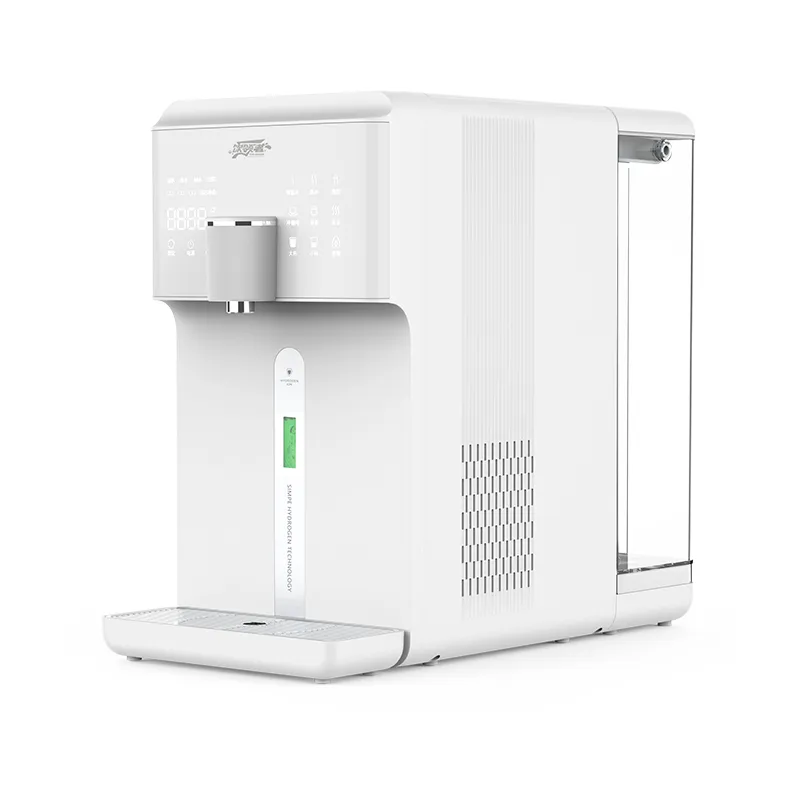Household Energy Storage Systems Reliable Backup & Solar Savings
- The Growing Necessity of Residential Power Solutions
- Technical Innovations Driving Modern Energy Storage
- Performance Comparison of Leading Manufacturers
- Adapting Storage Capacity to Diverse Home Requirements
- Real-World Residential Implementation Scenarios
- Economic and Environmental Impact Analysis
- Future Perspectives for Home Energy Management

(household energy storage system)
The Growing Necessity of Residential Power Solutions
Global electricity prices increased by 15% on average during 2020-2023, accelerating adoption of household energy storage system
s. These integrated units capture surplus solar generation or off-peak grid power for consumption during high-tariff periods or outages. Modern units integrate bi-directional inverters, lithium iron phosphate (LiFePO4) battery banks, and intelligent management controllers. Research from Wood Mackenzie indicates the residential storage market will expand at 29% CAGR through 2028, driven by volatile energy markets and grid instability incidents.
Technical Innovations Driving Modern Energy Storage
Third-generation LiFePO4 chemistry provides significant advances over traditional lead-acid units, offering 6,000+ charge cycles at 80% depth of discharge. Temperature management systems maintain electrochemical efficiency between -20°C to 60°C while proprietary battery management algorithms extend operational lifespan beyond 15 years. Modern systems incorporate hybrid inverters with peak-shaving functionality and grid-interactive capabilities. Emergency power supply modes activate within 20ms during grid failures, maintaining critical household loads indefinitely. Modbus and Wi-Fi connectivity enables real-time monitoring through manufacturer-specific applications.
Performance Comparison of Leading Manufacturers
| Brand | Usable Capacity (kWh) | Round-Trip Efficiency | Warranty Years | Scalable Units |
|---|---|---|---|---|
| Tesla Powerwall 2 | 13.5 | 90% | 10 | 10 units max |
| LG Chem RESU Prime | 16.0 | 94% | 10 | 2 units max |
| Sonnen Eco 15 | 15.0 | 92% | 15 | Infinite stack |
| Enphase Ensemble | 10.0 | 89% | 10 | 40 units max |
Adapting Storage Capacity to Diverse Home Requirements
Configuration flexibility addresses varying household consumption patterns. The modular architecture supports incremental expansion from 5kWh starter units for apartments to 200kWh installations for large estates. Energy audits determine optimal sizing:
- Basic backup: 5-10kWh supports refrigeration & lighting for 12 hours
- Partial self-sufficiency: 10-20kWh covers 50% of a 2,000 sq.ft. home
- Full off-grid: 30+kWh with generator integration
Physical footprint ranges from wall-mounted 0.5m² units to containerized outdoor installations. Compatibility with existing solar arrays requires assessment of inverter communication protocols and voltage thresholds.
Real-World Residential Implementation Scenarios
Case studies demonstrate operational benefits. A California homeowner with 25kWh storage achieved 94% self-consumption of solar generation, reducing annual electricity expenditures from $2,300 to $127. During Northeastern winter storms in 2023, households with battery backup maintained uninterrupted power for 5 consecutive days of grid outage. European adopters leverage time-of-use optimization, charging batteries during €0.18/kWh night rates and discharging during €0.42/kWh peak hours. Australia's Virtual Power Plant initiatives enable thousands of residential batteries to collectively supply 8MW to national grids during demand surges.
Economic and Environmental Impact Analysis
Levelized cost calculations account for upfront equipment investment ($900-$1,200 per kWh installed), reduced utility expenditures, and enhanced property valuation. Typical payback periods decreased from 12+ years to 6-8 years between 2018-2023 due to improved technology efficiency and rising electricity tariffs. Environmental benefits average 1.8 metric tons CO₂ reduction annually per household system. Regulatory incentives further improve returns:
- U.S. Federal Tax Credit: 30% system cost deduction
- Germany: VAT reduction to 7% for storage installations
- Italy: Superbonus 110% program for energy efficiency upgrades
Future Perspectives for Home Energy Management
Emerging technologies position residential power storage as the cornerstone of modern energy independence. Vehicle-to-home integration enables electric cars to power households during peak events using bidirectional chargers. Next-generation solid-state batteries entering pilot testing promise 30% higher volumetric energy density. Cloud-based AI optimization platforms like SolarEdge EnergyHub continuously refine charge-discharge patterns. With these innovations, advanced household energy storage systems are transitioning from backup solutions to intelligent home energy management ecosystems. Widespread adoption will fundamentally transform consumption patterns and enhance resilience against escalating grid uncertainties.

(household energy storage system)
FAQS on household energy storage system
Q: What is a household energy storage system?
A: A household energy storage system stores excess energy, often from solar panels, for later use. It ensures backup power during outages and reduces reliance on the grid. These systems typically include batteries, inverters, and management software.
Q: How does a household energy storage battery work?
A: A household energy storage battery stores electricity generated from renewable sources or the grid. It discharges energy when demand exceeds supply or during power cuts. Modern batteries use lithium-ion technology for efficiency and longevity.
Q: What are the benefits of household energy storage systems?
A: They lower electricity bills by optimizing energy usage and enabling time-of-use savings. They enhance energy independence and reduce carbon footprints. Additionally, they provide reliable backup during grid failures.
Q: How to maintain a household energy storage system?
A: Regularly monitor battery health via built-in management systems. Keep components clean and ensure proper ventilation to prevent overheating. Follow manufacturer guidelines for software updates and periodic inspections.
Q: What is the lifespan of household energy storage systems?
A: Most systems last 10-15 years, depending on battery type and usage patterns. Lithium-ion batteries typically endure 5,000-7,000 charge cycles. Performance may degrade gradually over time but remains functional for years.
